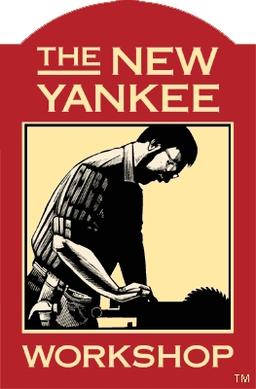I have very very old power tools. I cannot afford new ones. The problem is, if I’m being totally honest, I’m largely afraid of the tools I have. I’d like to get over this. How does one do that without direct supervision?
More info: I inherited tools from my parents and grandparents. Things I could afford to replace, like drills and drivers, I did. What I have left are big bladed things (chop saw, table saw, tile saw, etc. no lathe sadly :( ) None of the users of these specific tools are still alive. They are all probably 30+ years old, and work fine, probably, but… are just super intimidating (tho my grandfather had a lot of pre-electrification manual tools and I love those - So nice to take a manual plane to a solid door and end up with something that closes properly!). Some of them have plugs that screw together so you can repair them and everything (those I probably won’t use, absolutely terrifying if you fuck up). I’m mid 30s so I remember most of these things being used but I also remember the table saw I have in my garage taking off half my step-dads thumb…
I know power tools today are built to be a lot safer, but I definitely can’t afford those (I wouldn’t even be able to afford these but they were free for me), and I don’t know anyone with power tool skills (last learning I got was in hs shop class almost 20 years back) so how do I get comfortable with them enough to actually use them for the little projects I need them for? I don’t live in a big metro area, so there aren’t clubs afaik.


Safety features haven’t changed that much on major power tools in a long time, with the exception of stop saw. Don’t necessarily think old tools are inherently less safe, but let that fear of spinning blades cultivate respect for what they can do. At the end of the day, it’s all about keeping your fingers and body out of the blade path. This can be done with a mix of technique and some very basic tools.
Chop saw
Table saw kick back
Table saw other ideas